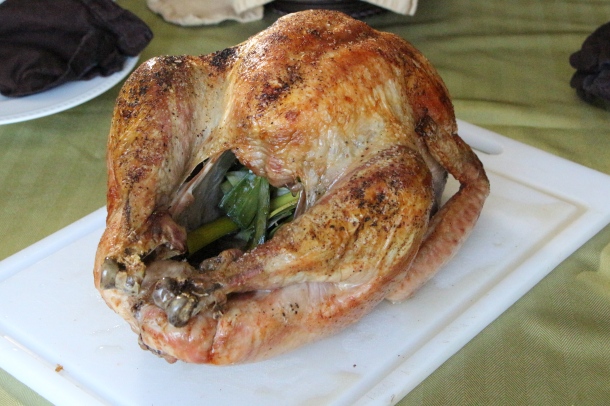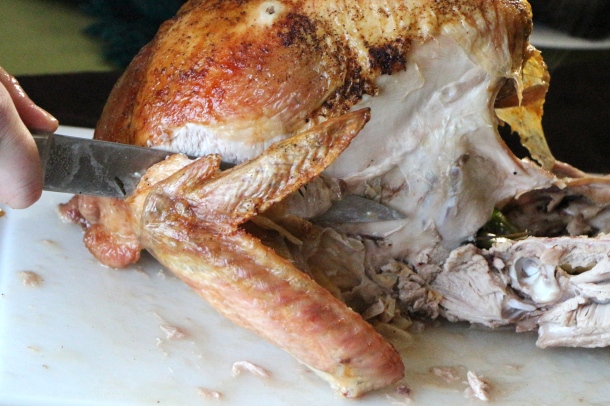Making a homemade pie crust is not difficult to do. It just takes a few simple ingredients, carefully blended together to create a flakey, buttery crust to be proud of. And it really does make a difference!
The key to making a great pie crust is keeping the ingredients cool throughout the process. You want the butter to remain in solid form, dispersed in small pieces throughout the dough, so that when the dough is baked, the little bits of butter will melt between the flour, creating delicious flakey layers. To this end, work quickly and handle the dough as little as possible (so the butter doesn’t melt by the warmth of your hands). Start with very cold ingredients and refrigerate the prepared dough before using to allow the butter to chill before handling the dough any further. A cold work surface, such as a marble slab, is handy, but not necessary.
Some people prefer to use a food processor to make homemade dough, but it’s very easy to do by hand. The only special equipment needed is a simple plastic or metal pastry/dough blender.
This step-by-step guide will produce enough dough for two pie crusts (or one double-crusted pie). But while you’re at it, make a couple extra and freeze them for the next time you need a quick crust!
You will need:
- 2 cups flour
- 1/4 cup sugar
- 1 cup (2 sticks) butter, cut into small cubes*
- 1/2 cup ice cold water
- Mixing bowl
- Fork
- A pastry blender/cutter
- Rolling pin
- Pie Pans(2)
*I use salted butter and skip the addition of extra salt. If desired, you can use unsalted butter and add a pinch of salt.
Pour 2 cups flour into a bowl.

Add 1/4 cup sugar.

Use a fork to blend the flour and sugar.

Add 1 cup (2 sticks) very cold butter (cut into small pieces) to the flour mixture. (I place the butter into the freezer for just a few minutes after cutting it to ensure that it’s extra cold.)

Use a pastry blender to cut the butter into the flour mixture, until the butter appears like flour-coated pea-sized pieces.

Gradually add the ice-cold water and stir with the fork until a loose dough begins to come together. You may need a little less or a little more than 1/2 cup.

You’ll know you’ve added enough water once the clumps of dough stick together when pressed.

Use your hands to pull the dough together into a ball. Remember, handle the dough as little as possible during this step.

Split the dough into two balls.

Flatten each ball into a disc-shape.

Wrap each disc in plastic wrap and refrigerate for 30 minutes to an hour, or overnight.

Once cool, roll out the dough on a well-floured surface, into a roughly circular shape, large enough for your pie pan. Periodically shift the dough to ensure it is not sticking. Add more flour under the dough, if necessary.

Once the dough is sufficiently large for your pie pan, using the rolling pin to help you transfer the dough into the pan. Carefully press the dough into the pan.
Use a knife to cut off any extra dough, leaving about an inch of dough around the perimeter.

Fold the edge of the dough under and use your fingers to press the edge into a fluted design.

Refrigerate until using. Or wrap in plastic wrap and freeze for later use.
Check out those flakey layers!!















































